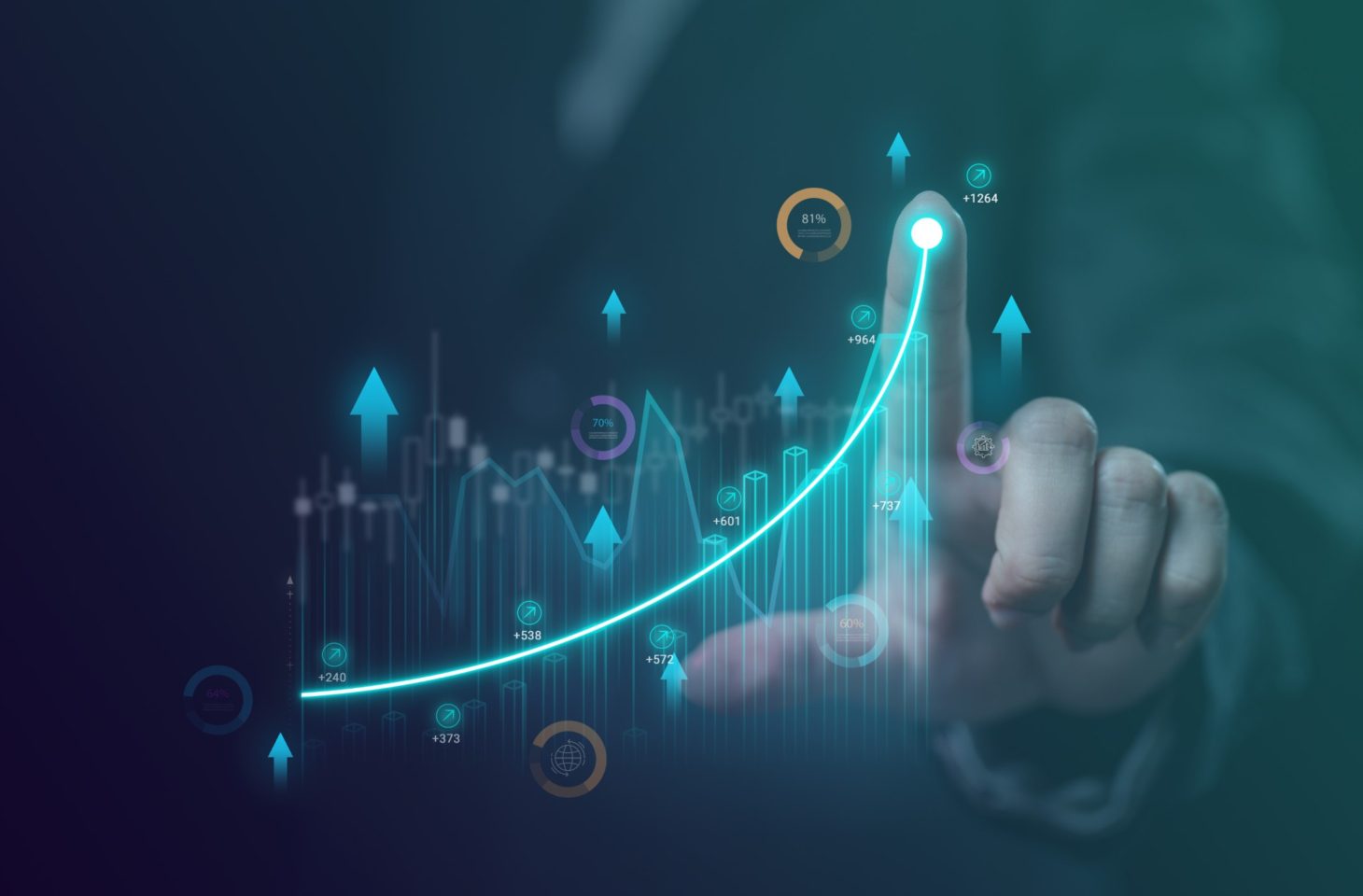The research and analysis agency Gartner has presented its top ten most important technology trends for 2025.
Like every year, Gartner publishes its list of strategic technology trends for the next year. It highlights ten key developments that companies and organizations should keep an eye on. These trends provide an outlook on technological innovations and challenges that are likely to impact in the near future. Let us briefly explain the ten trends for 2025.
1. Agentic AI
More and more companies like Microsoft and Google are using Agentic AI. Agentic AI refers to AI systems that make decisions and adapt autonomously without direct human intervention. Microsoft describes them as “new apps for an AI-driven world.”
AI agents are more than automated processes, because autonomous systems act completely independently. They learn, make decisions and adapt. Gartner predicts that by 2028, around 15 percent of daily work decisions will be made by AI agents, which will have a significant impact on the way companies operate.
As AI systems become more and more part of business operations, AI governance becomes crucial. This includes managing risk, safety and ethical issues of AI systems. The so-called TRiSM framework (Trust, Risk, and Security Management) provides guidelines for responsible AI applications. Organizations with AI governance platforms are expected to experience 40 percent fewer ethics incidents by 2027.
By ethical incidents we mean lawsuits, employee complaints and very bad PR. A 40 percent cut could mean the difference between continuing a successful career or being fired. Of course, companies can implement AI smoothly, but for now they still face hurdles.
Disinformation is not only a threat to society, but also to companies. Gartner predicts that by 2028, half of companies will take action to combat misinformation. These are technologies that can assess and track the integrity, authenticity and distribution of information to counteract harmful effects.
Tighter identity verification controls help reduce fraud, while continuous risk assessment and contextual awareness prevent account takeovers. A continuously adaptive trust model provides additional security and also protects the brand reputation by detecting harmful stories early.
4. Post-quantum cryptography
An explanation of quantum cryptography would make this overview too long. We have a perfect article about it. Quantum computers will become exponentially more powerful in the future, making most current encryption methods vulnerable to decryption. It won’t be long before quantum computers end up in the hands of people with evil intentions.
Gartner recommends companies prepare now for the threat of quantum computing, as most current forms of cryptography are expected to be insecure by 2029.
The biggest problem here is with applications that use current security algorithms. You may experience performance issues, need to be retested, and maybe even rewritten.
5. Invisible ambient intelligence
This trend includes the integration of smart sensors and tags into environments such as homes, stores and workspaces. These sensors create “aware” spaces that can automatically detect and respond to behavior and the environment.
Such a sensor can, for example, measure the temperature and air quality in a meeting room. Gartner sees the most important applications of this in retail and warehouses by 2027. Companies that use the sensors must of course find out about the relevant data protection laws.
6. Energy efficient computing
Servers of AI systems seem to be big energy guzzlers. Because AI systems like large language models consume so much energy, there is a growing need for energy-efficient technologies.
Gartner emphasizes the importance of optical, neuromorphic and other specialized processors that promise lower power and memory consumption, particularly for sustainability. These processors use light or machine learning to use less energy. Unfortunately, switching to the new systems is often very complex and expensive.
7. Hybrid computing
In the context of data centers, hybrid computing refers to a mix of different technologies and specialized processors that can be deployed depending on specific performance and energy needs. They are therefore efficient, fast and transformative innovation environments.
This mix of technologies and infrastructure optimizes IT tasks and workloads. As a result, a data center in the future will not only consist of servers, but also a variety of solutions.
8. Spatial Computing
With the growth of VR, AR and mixed reality, Gartner expects spatial computing to explode in the next decade.
The potential ranges from specific business applications to consumer applications such as virtual monitors and entertainment solutions, with the market expected to be worth more than $1.7 trillion by 2033.
However, the consumer market does not seem to be fully ready for AR applications or VR headsets at the moment.
9. Polyfunctional robots
Traditional robots are often designed to perform a specific task. However, polyfunctional robots can perform multiple tasks, making them more flexible in different applications.
Gartner predicts that by 2030, 80 percent of people will interact with intelligent robots on a daily basis. Today, neither a price nor the minimum required functionality has been announced.
10. Neurological improvement
One of the future trends is the use of bidirectional brain-computer interfaces (BBMIs) to improve cognitive abilities. New technologies should be able to read and decode brain activity. Education can be personalized and this way older people can work longer.
Gartner expects that by 2030, about 30 percent of knowledge workers will use such technologies to remain relevant in the age of AI, although adoption is still uncertain.
These ten trends show how technology is evolving on various fronts, from AI and security to sustainable computing and improved brain activity. They also emphasize the need to address ethical issues, safety risks and energy management as technology advances.














